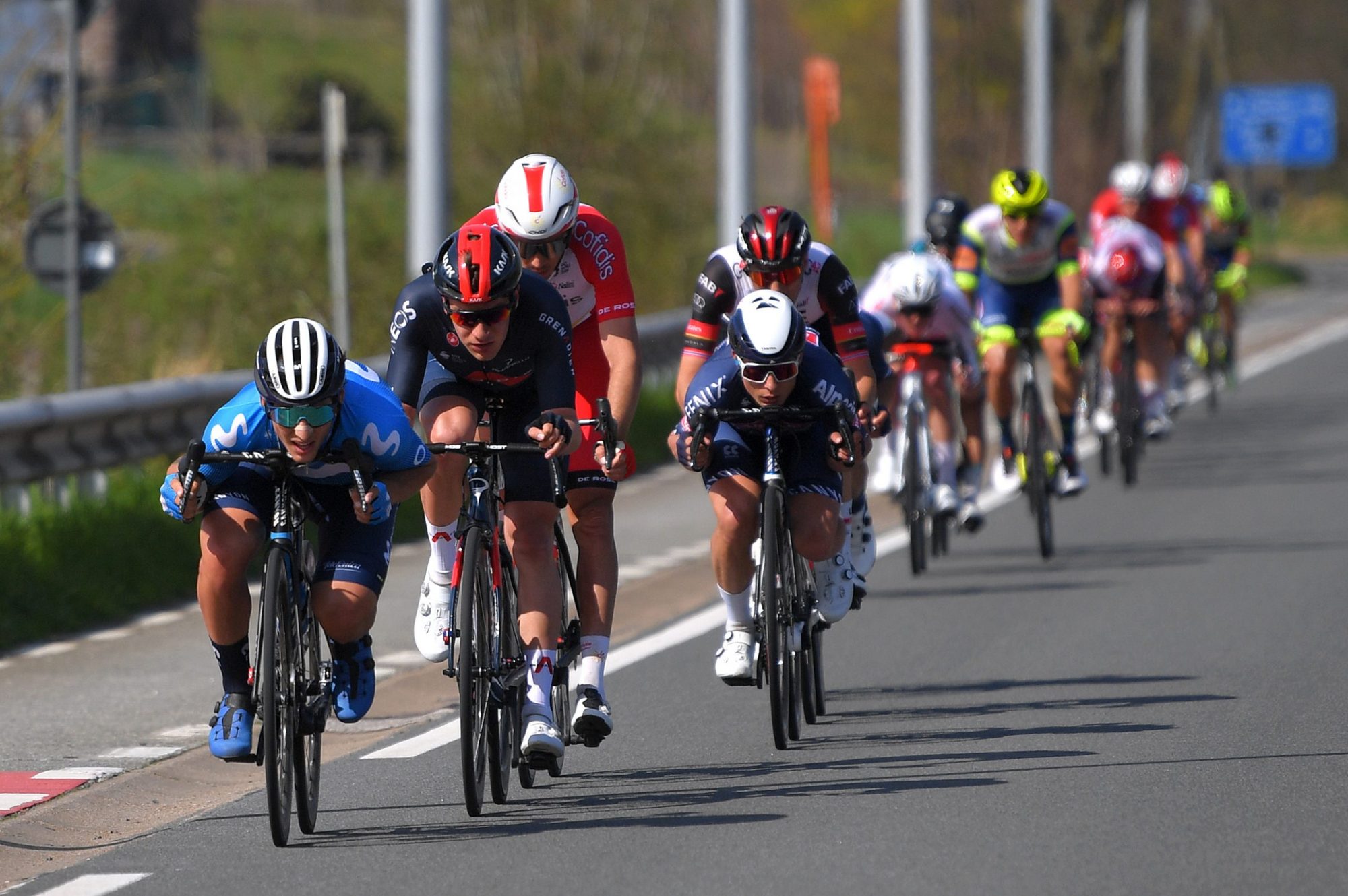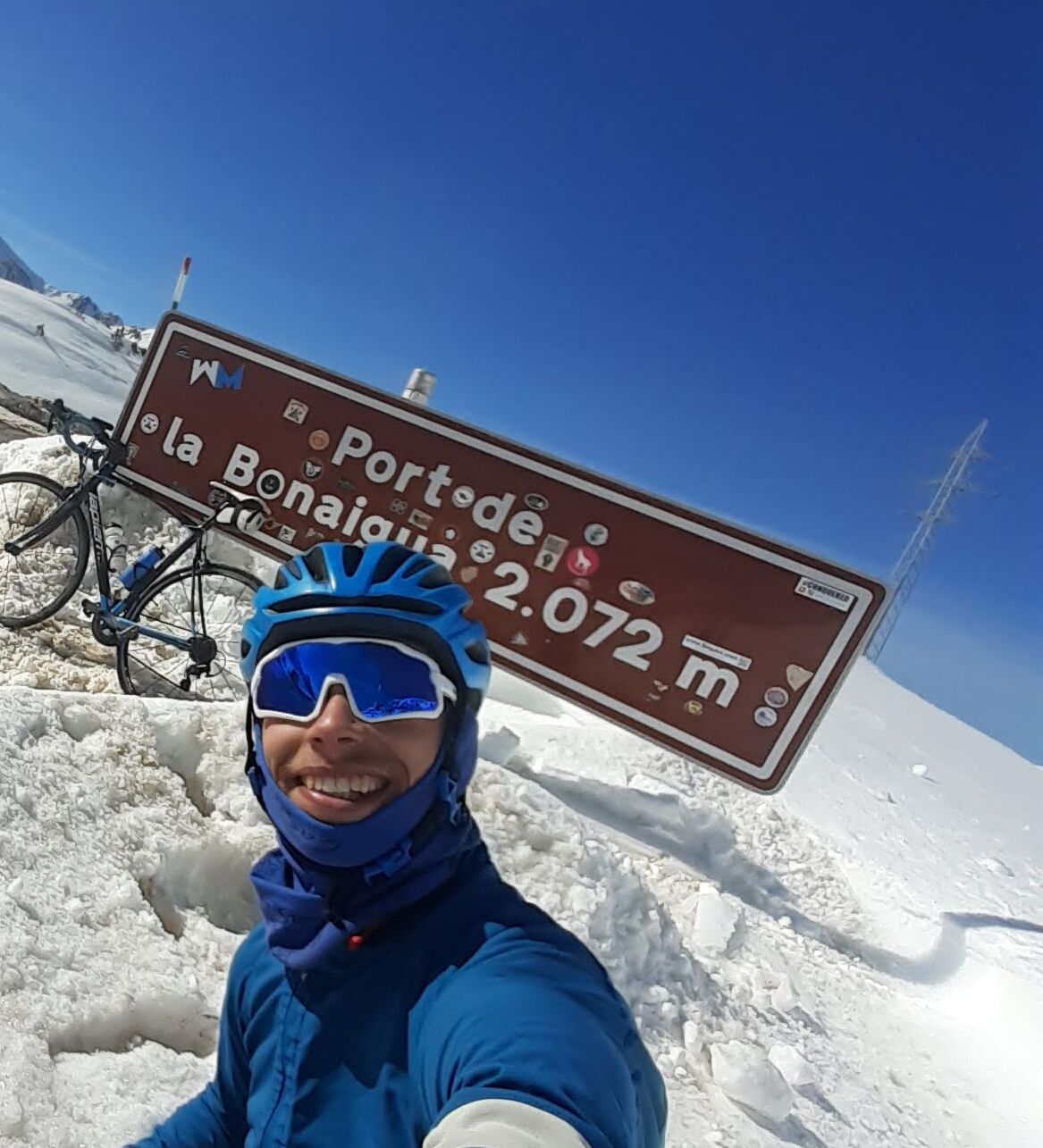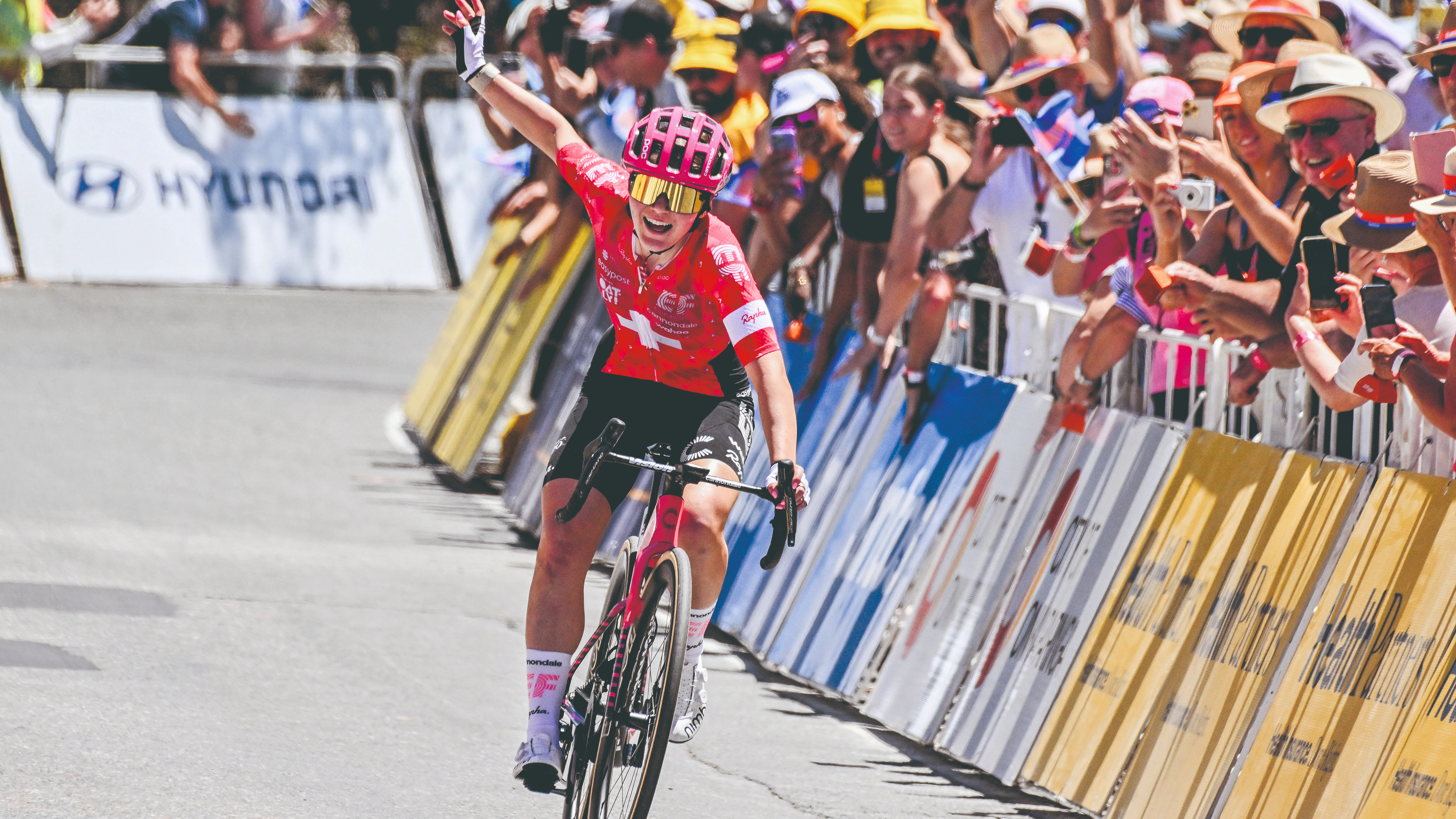Riders at Tour of the Basque Country unsure how to adapt and not fall foul of UCI's ban on the 'super-tuck'
The ban will result in disqualification from the race for riders caught using the position


Riders at the Tour of the Basque Country have admitted that they remain unsure of how to abide by and adapt to the new ban preventing use of the so-called ‘super-tuck’.
The UCI banned the position from April 1, claiming that the stance – which sees riders rest on their top tube instead of their seat to increase aerodynamic gains – set a dangerous example to younger riders. Any rider found performing the action faces immediate disqualification.
Met with outcry by large sections of the public and the peloton, Julian Alaphilippe said that he was “not so happy with the decision… the position on the frame on the downhill was not dangerous.”
At the Tour of the Basque Country, Cycling Weekly found a number of riders who were actually in support of the ban, but former American champion Larry Warbasse said that the new ruling confused him.
“If the butt is in contact with the saddle, is that enough?” the AG2R Citroën rider queried. “Or is it like you have to really be sitting on the saddle? I’m really not sure and I get the impression it’s up to interpretation.”
Mimicking a position of both hands flopping over the centre of the handlebars, Warbasse continued: “If you’re sitting on the saddle like this, I think it’s a lot more dangerous than sitting on the top tube where I feel like I have more control.
“We have to try and find other solutions of sitting on the saddle and getting really low. They’re not going to be as effective or efficient and I think it’s more dangerous.”
Get The Leadout Newsletter
The latest race content, interviews, features, reviews and expert buying guides, direct to your inbox!
Warbasse was in the breakaway on stage three of the Basque race, and he admitted that “you could see everyone wanted to do the super-tuck but we couldn’t.”
It’s a situation that Groupama-FDJ’s Miles Scotson can relate to. “There’s been a couple of times this week where I’ve almost done it and I have to keep reminding myself,” the Australian said.
“So far I’ve not seen anyone going against it and we’re all following the rule, but it can be hard. It feels strange for everyone to have all these new rules being thrown at us at once.
“Sometimes after a really hard climb you’re really tired and not thinking and you just want to go into the next group and close a 20 metre gap. You can take some extra speed without pedalling so you do the tuck.
“If you are in a single line or alone on the front, the tuck is not dangerous. If it’s in the middle of the bunch – and I have seen that before – then it’s dangerous.
“I understand the reason why they don’t want juniors and people copying because on the open roads it can be dangerous, but I do question the importance of the rule when there’s other things that cycling needs to sort first.”
Addressing attempts at overcoming the rule, Simon Clarke joked: “There’s not a whole lot you can do apart from bending over and licking the front tyre. I suppose riders will have to get creative, but there’s not many options.”

Thank you for reading 20 articles this month* Join now for unlimited access
Enjoy your first month for just £1 / $1 / €1
*Read 5 free articles per month without a subscription

Join now for unlimited access
Try first month for just £1 / $1 / €1
A freelance sports journalist and podcaster, you'll mostly find Chris's byline attached to news scoops, profile interviews and long reads across a variety of different publications. He has been writing regularly for Cycling Weekly since 2013. In 2024 he released a seven-part podcast documentary, Ghost in the Machine, about motor doping in cycling.
Previously a ski, hiking and cycling guide in the Canadian Rockies and Spanish Pyrenees, he almost certainly holds the record for the most number of interviews conducted from snowy mountains. He lives in Valencia, Spain.
-
 How do the pros train? Noemi Rüegg's 26 hour training week
How do the pros train? Noemi Rüegg's 26 hour training weekWinner of this year’s Tour Down Under, the EF Education-Oatly rider is a climber whose talent is taking her to the top
By Chris Marshall-Bell
-
 Save £42 on the same tyres that Mathieu Van de Poel won Paris-Roubaix on, this Easter weekend
Save £42 on the same tyres that Mathieu Van de Poel won Paris-Roubaix on, this Easter weekendDeals Its rare that Pirelli P-Zero Race TLR RS can be found on sale, and certainly not with a whopping 25% discount, grab a pair this weekend before they go...
By Matt Ischt-Barnard